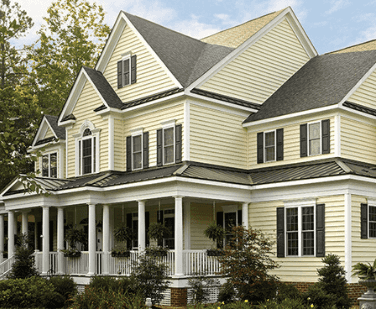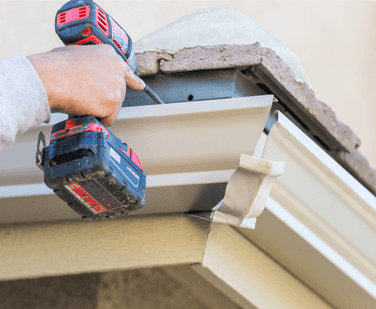Does Your Home Need Roof Ventilation?
Baltimore Roof Ventilation
Your home’s roof serves an invaluable function: it protects you and your family from the elements. But did you know that your roof can also be a source of energy loss? Without the right roofing ventilation, your home can become too hot in the summer and too cold in the winter, costing you money on your energy bills. Check out the latest blog post from DiBello Family Roofing to see why you may need roof ventilation.
How Roofs Lose Energy
One of the most common ways heat escapes from your home is through the attic. In the winter, warm air rises and escapes through any cracks or openings in your attic, causing your home to lose heat. In the summer, the reverse happens: hot air from outside seeps into your attic, making your home uncomfortably warm. These cracks and openings can be caused by a variety of factors, including poor insulation, gaps in the roof, and vents that are not properly sealed.
It is possible to try to seal these cracks yourself, but it will be extremely difficult to do a thorough job. Attics are often tiny, cramped spaces, and it is challenging to even find the tiny cracks in your roof. The best way to ensure that your home is properly sealed and insulated is to hire a professional roofing contractor.
Roof Ventilation Solutions
One way to combat this energy loss is to install roof ventilation. Roof ventilation helps regulate the temperature in your attic by circulating air and releasing excess heat. There are two main types of roof ventilation: passive and active. Passive roof ventilation relies on natural air currents to circulate air, while active roof ventilation uses fans to move air through your attic.
Types of Ventilation Materials
There are several types of ventilation materials. They include:
- Fiberglass: An inexpensive and lightweight option, fiberglass is easy to install but does not last as long as other materials.
- Aluminum: More durable than fiberglass, aluminum is a good choice for homes in coastal areas or other regions with high humidity levels.
- Cellulose: Made from recycled paper, cellulose is a good insulator and can help reduce noise levels in your attic.
- Spray foam: A more expensive option, spray foam provides a tight seal that can help reduce energy costs. It expands to fit into small spaces and is ideal for homes with difficult-to-reach attics.
Any of roof ventilation can be an effective way to improve the energy efficiency of your home. If you’re not sure which type of Baltimore roof ventilation is right for you, talk to our professional roofing contractors at DiBello Family Roofing. We’ll evaluate your home’s roof and existing ventilation to determine the best solution for your needs.
Contact Us for Baltimore Roof Ventilation Today
If you’re interested in learning more about roof ventilation or other energy-saving solutions for your home, contact DiBello Family Roofing today. Our professional roofers would be happy to answer any questions you have and help you choose the best solution for your needs.



